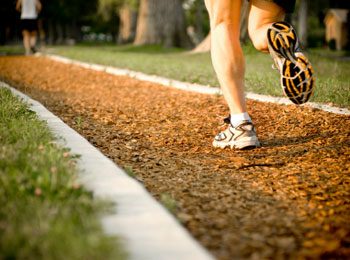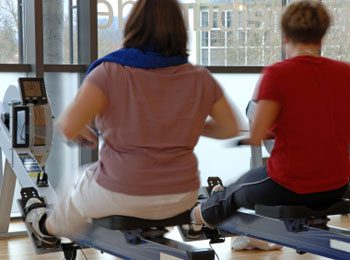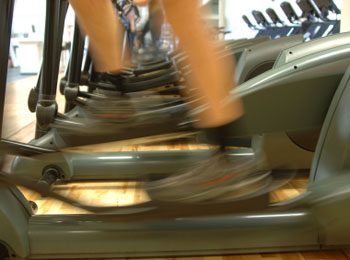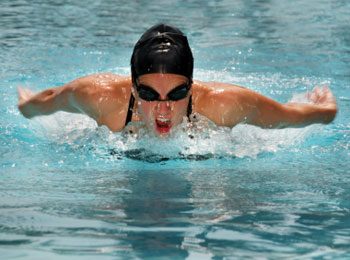Nothing throws a wrench into a fitness plan as fast as an injury. Avoid the interruption by learning about the most common pitfalls and how to avoid them.

Cycle Right
When cycling, pay special attention to your seat height. Position the seat so that when you extend one leg fully on the down pedal, with your foot flat, that knee is slightly bent. If the seat is too low, you’ll stress your knees. If it’s too high, you’ll place undue force on your lower back. But when the seat is properly positioned, you’ll work the intended muscles.

Feet First
When you walk, jog, or run, strike the ground first with your heel, then with the ball of your foot, and finally push off from your toes. This heel-ball-toe pattern helps prevent shin splints and shin pain. For activities that involve jumping, such as rope jumping or step aerobics, the pattern is reversed: toe-ball-heel.

Row, Row, Row
If you’re working out on a rowing machine, maintain proper posture by always keeping your shoulders aligned directly over your hips. Avoid the common mistake of sliding your seat backward before you move your arms. Instead, slide back and pull at the same time. Otherwise you risk straining your lower back. To protect your joints, never lock your knees or elbows.

Posture Perfect
If you’re using a stair climber, avoid overstressing your knees by keeping your extended leg slightly bent and both knees aligned behind your toes; this may require you to lean back a bit. Avoid resting your forearms along the handrails for support. You can develop elbow tendinitis and carpal tunnel syndrome from overextending your elbows and wrists on a stair climber.

In the Swim
Take a few swimming lessons if you haven’t done so recently. New techniques help prevent shoulder problems and allow you to swim more efficiently. In the mean time try these simple suggestions: Keep your head down except to breathe. To take in some air turn it just until your mouth is out of the water. Also, keep your shoulders higher than your legs, and kick from your hips, not your knees. Don’t arch your back.